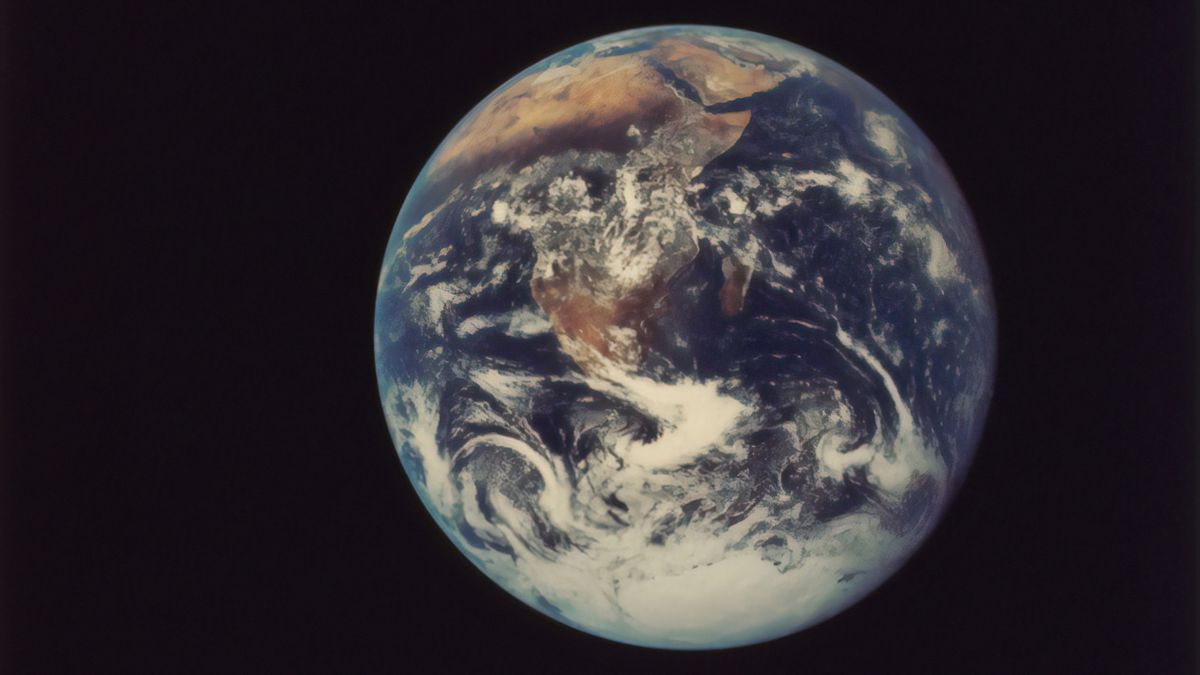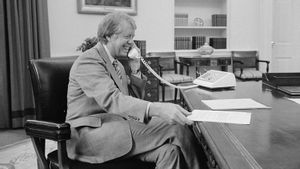JAKARTA - Today, 22 April is celebrated as Earth Day. A commemoration of the birth of the modern environmental movement in 1970. How is the history?
Quoting earthday.org, since it was first held, Earth Day was created to raise public awareness about the state of the planet we live on. In the decades leading up to the first Earth Day, the people of the United States consumed large amounts of lead gas from car pollution.
Meanwhile, the industry emits smoke and sludge with almost no fear of the risks. Air pollution was then considered the "smell of prosperity." Sadly, that view has not changed much. America remains unaware of environmental problems and how a polluted environment threatens human health.
In 1969 Gaylord Nelson, Senator from Wisconsin who has long looked at the deteriorating environment in the US, and the crowd witnessed the real damage caused by the massive oil spill in Santa Barbara, California. Nelson then started a movement to instill public awareness about air and water pollution. Its movement is to teach from campus to campus.
In addition, he also helped persuade a member of the Republican Party, Pete McCloskey, who is thinking conservatively, to become co-chair. They agreed to move together. After that, they recruited more people to join the movement.
Started
April 22, 50 years later selected to start teaching on campus. Because at that time it was a student holiday, so they could maximize student participation properly.
Realizing there was great potential there, one of Nelson's associates who had joined the Denis Hayes movement began building a network of 85 members to promote their event across the country. At that time, they changed the name of the movement to Earth Day which immediately caught the attention of the press.
Earth Day was able to move 20 million Americans at the time to take to the streets. They demonstrated against the impact of 150 years of industrial development.
The groups that have fought individually against oil spills, polluting factories and power plants, raw waste disposal, toxic dumping, pesticides, roads, wilderness loss and wildlife extinction have all united into one movement: Earth Day.
In late 1970, the first Earth Day led to the creation of the United States Environmental Protection Agency and the passing of their first environmental law. After that there were many regulations which conserve the earth, such as laws on environmental education, clean water, use of pesticides, clean air and others.
Approaching 1990, a group of environmental movement leaders persuaded Denis Hayes to once again organize another major campaign for the planet. This time, Earth Day has gone global, mobilizing 200 million people in 141 countries and bringing environmental concerns to the world stage.
Earth Day 1990 provided a huge boost to recycling efforts around the world and helped pave the way for the 1992 UN Earth Summit in Rio de Janeiro. Today, Earth Day is widely recognized as a world agreement that more than one billion people mark each year as a day of action to change human behavior and create national, and local global policy changes.
Both the challenges and the enormous opportunity to act on climate change have pushed this issue to become the main topic of today's 50th anniversary of Earth Day. By the end of 2020, countries are expected to increase their national commitments to the 2015 Paris Agreement on climate change.
Now is the time for citizens of the world to call for greater global ambition to tackle our climate crisis. Earth Day 2020 will be much more than just a day's struggle.
Today must be a historic moment when the world's citizens come together and rise up for the creativity, innovation, ambition and courage we need to fight the climate crisis. And seize the big future opportunity that is to reach a zero-carbon world.
The English, Chinese, Japanese, Arabic, and French versions are automatically generated by the AI. So there may still be inaccuracies in translating, please always see Indonesian as our main language. (system supported by DigitalSiber.id)










